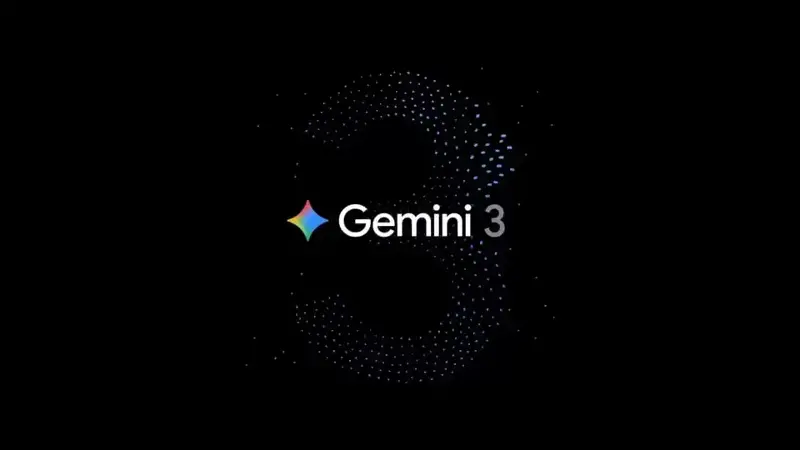
Google released its Gemini 3 models earlier in the week, which quickly went on to top the rankings on most leaderboards as the most powerful AI model available on the market. Since then, Google has also released a detailed prompt guide to help users get the best out of its new AI model.
However, if you don't have the time to go through the full prompt guide to learn the dos and don'ts of the new model, the tech giant has also shared three important tips that you should keep in mind while using Gemini 3.
3 tips you should follow while using Gemini 3:
1) Keep it short and to the point
Google says Gemini 3 works best when the prompt is clear and to the point. This means that unlike some older models where users took advantage of elaborate prompt-engineering techniques, it is often better to give short, direct instructions to Gemini 3.
“Be concise in your input prompts. Gemini 3 responds best to direct, clear instructions. It may over-analyse verbose or overly complex prompt-engineering techniques used for older models,” the company explains.
2) Conversationality
A few months back, ChatGPT became a little too chatty with users, leading many of them to build emotional relationships with the chatbot. However, Gemini 3 isn't chatty by default and if you want a friendly or talkative tone from the chatbot, you will have to steer it in that direction.
"By default, Gemini 3 is less verbose and prefers providing direct, efficient answers. If your use case requires a more conversational or ‘chatty’ persona, you must explicitly steer the model in the prompt (e.g., ‘Explain this as a friendly, talkative assistant’)," Google explained in its blogpost.
3) Manage context correctly
When giving long or heavy inputs to Gemini 3, like codebases, research papers, books or lengthy transcripts, Google says placing the question at the end will help you get the best answer. You can also accompany it with a cue like “Based on the information above…” to tell the model what to focus on.
"When working with large datasets, place your specific instructions or questions at the end of the prompt, after the data context. Anchor the model's reasoning to the provided data by starting your question with a phrase like ‘Based on the information above…’," Google explains.
